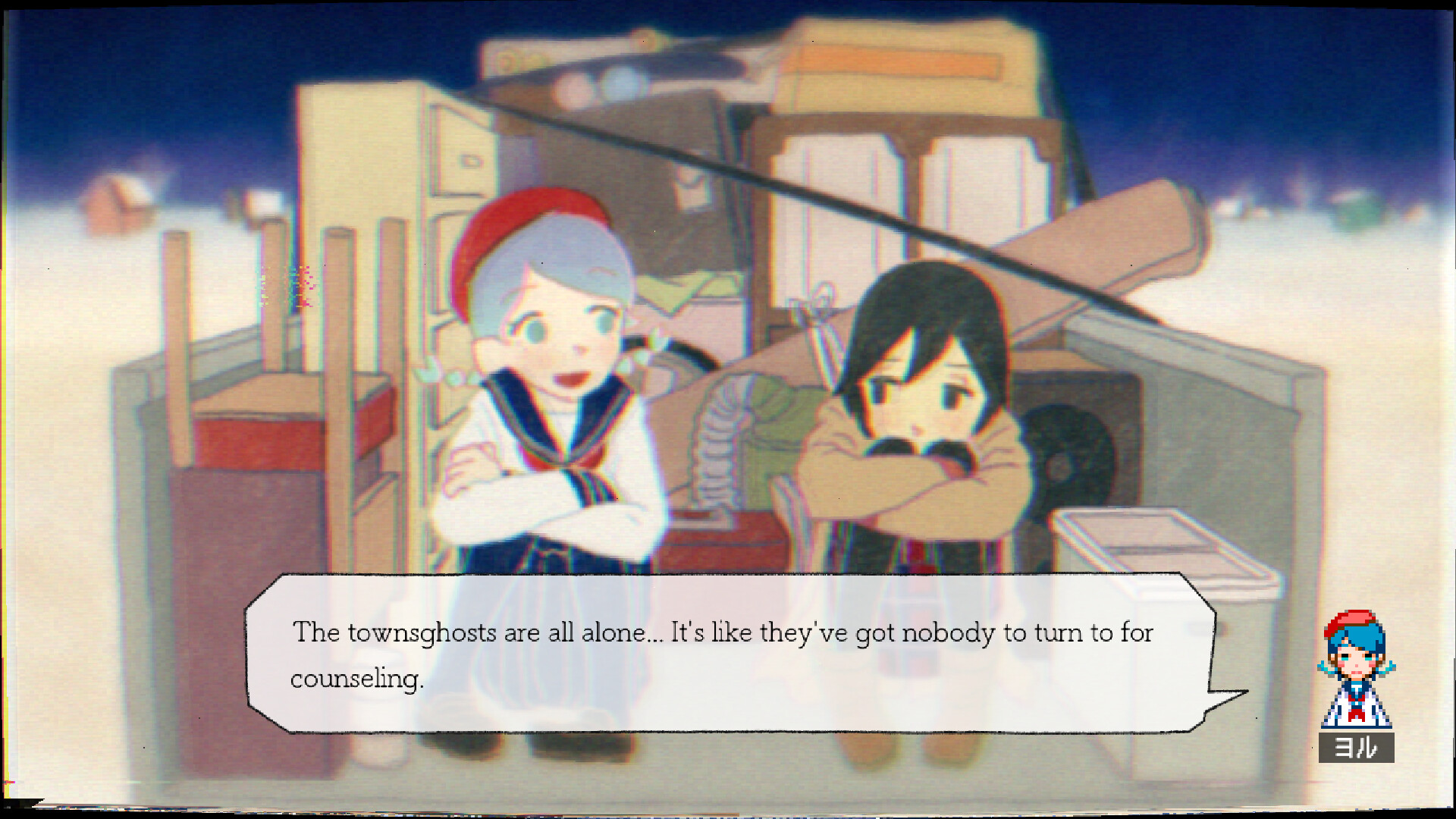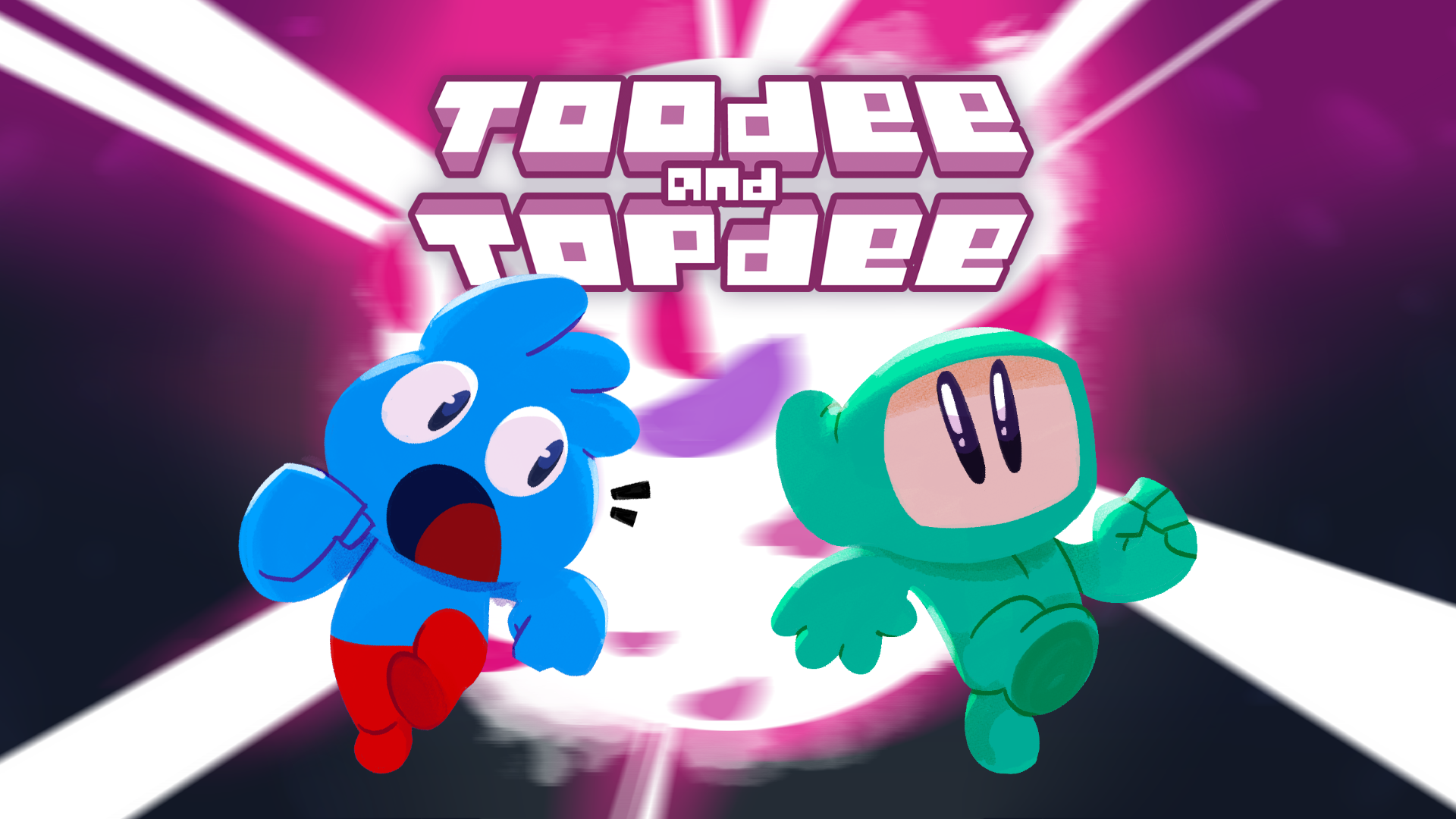At first glance, it’s difficult to understand Ghostpia’s appeal. You place static screenshots, out of context, next to the breathtaking art of Otomate’s visual novels, the vivid energy of something like Danganronpa, or even independent efforts like Sweetest Monster or Corpse Factory, and it’s really hard to see why PQube would pick this of all things up to localise.
After all, PQube is no slouch with visual novels. PQube brought us Root Letter, Root Film and Bustafellows. PQube’s only internally-developed project to date is a visual novel/puzzle game blend that has the most exquisite fan service… the kind I aspire to in my own character art. This team doesn’t do nearly enough work in the visual novel space (speak to Koei Tecmo about localising the Ruby Party games, please), but they know the genre. This is why it is so surprising to see the team’s name against Ghostpia.
That is until you actually sit down to play it. Then you’ll realise that this game deserves so much more than it’s going to get.
Ghostpia’s children’s book aesthetic is delightful in context. It’s also used cleverly, in a way that enhances the story. Ghostpia takes place in a town inhabited exclusively by ghosts. 1028 of them, to be exact. These ghosts melt away during the day, but are reborn at night. Slowly, over millennia, they lose their memories of things, but otherwise, they continue about life in a way that is positively normal.
So often it seems sweet. The characters embark on children’s book-like adventures, banter in a way that is picture-perfect children’s book (“You smell like old milk! Have a shower! Poop!”). In addition, the music that jingles over the top is bright and cheerful. It could be a scene from a Play School episode (or whatever the kids watch these days. I don’t have kids and this is most certainly not my scene).
But that’s contrasted with some stuff that starts to feel really creepy. For one thing, there’s some kind of road trip that all the main characters are deliberately not remembering. This seems like it might have been a really unpleasant experience, though. You’re not sure you want to learn more about that one. There are also fractures within the personalities of the group, and the entire town is run by an authoritarian-like church, whose building casts a long shadow over the population. It’s never a good sign when a church like that shows up. Oh, and there’s a big bomb that is just sitting there, in town, apparently having landed but failed to explode.
It would be a crime to go into any further detail about the plot and spoil it on you, but suffice it to say that the juxtaposition between the twee children’s book aesthetics and half the soundtrack won’t be lost on anyone digging deeper into the game’s themes. Ghostpia hits pretty hard. It canvasses a broad range of themes, from the relatively simple (friendship, loneliness, angst), to deeper philosophical questions (“Just what is a utopia?”). It’s hardly a Jean-Paul Sartre essay, and the language is accessible and simple, but Ghostpia is surprisingly thought-provoking at times, to go with its more viscerally high-impact moments.
This is only the first season of Ghostpia, but that’s a little deceptive. I initially thought that meant it was the first episode of five or so (i.e. the Telltale-style storytelling route), but what you get in this initial release is the first five episodes (which make up the first season), with just one more season planned at this stage. In other words, you are getting a complete arc out of the gate, so settle in for a reasonably lengthy read by indie visual novel standards. This is a game that I found I couldn’t sit down to for too long at a time, not because it wasn’t engaging but simply because the dissonance that comes through the soundtrack and CRT-style presentation was intense at times. At that rate I did play, I felt it told a good story without overstaying its welcome, and was on regular rotation on my Switch for a good length of time.
The only thing I really didn’t like about Ghostpia is incredibly minor, given the game it is. Even though this game features absolutely no “gameplay” – you don’t even get to make dialogue tree decisions and it’s a purely kinetic novel – the user interface is terrible. You need to use the control stick to check out the log and navigate back to previous sentences. While that might not sound like much, it works like a rewind function. This means that it’s easy to skip past the line you were looking for. This is such a minor criticism, given that you’re not risking a “game over” screen, but still. I’m amazed that the developers couldn’t come up with a better control scheme for a kinetic visual novel.
I’m definitely returning for Ghostpia season 2. It’s not just that this game looks quirky. Quirky aesthetics are plentiful. It’s that Ghostpia does something purposeful with the quirkiness, and uses it to enhance a pretty affecting and soulful narrative. I checked in with limited expectations and was thoroughly impressed. PQube picked a real winner here (at least in the artistic sense, who knows how many copies it’s going to sell).














